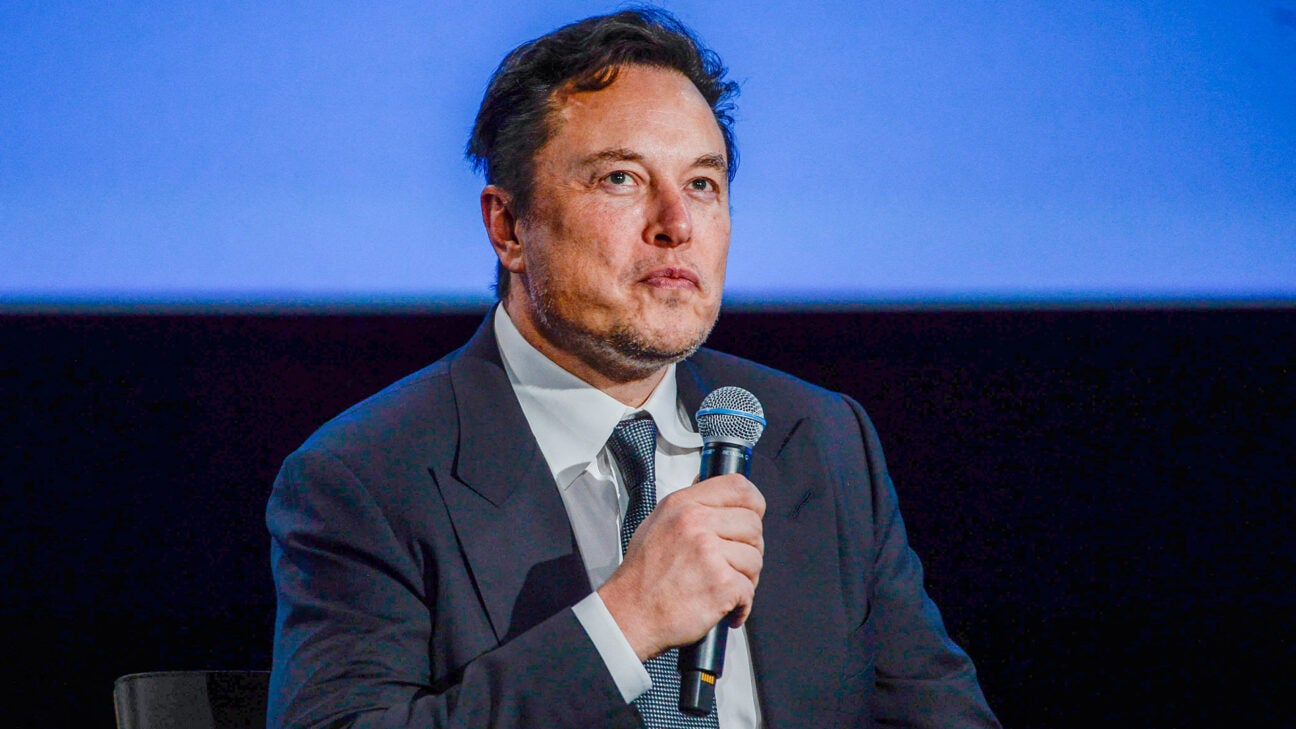
- Elon Musk’s Neuralink has been focusing on brain-implant technology.
- In theory, brain-implants may help with restoring sight or help with severed nerves.
- But there is not yet evidence that these implants will be effective in humans.
In a “show and tell” recruitment event last week, Elon Musk’s health tech venture Neuralink shared details of progress on its brain-implant technology.
The company has been “working hard to be ready for our first human [subject],” said Musk at the event, with plans to put the first implant in a person within the next six months.
“Obviously we want to be extremely careful and certain that that it will work well before putting a device in a human,” he said, adding that the company has submitted most of the required paperwork to the Food and Drug Administration (FDA) to start a clinical trial in people.
He also announced that the company will focus first on two applications — restoring vision, even for those who were born blind; and restoring “full body functionality” to people with severed spinal cords.
“We’re confident there are no physical limitations to enabling full body functionality,” he said.
Musk claimed he would eventually get an implant himself. “You could have a Neuralink device implanted right now and you wouldn’t even know. I mean, hypothetically … In fact, one of these demos, I will,” he said.
Neuralink clinical trials not yet started
Neuralink is developing devices known as brain-computer interfaces, or BCI’s, that translate the brain’s electrical activity into commands that can be relayed to an output device such as a computer screen, smartphone or robotic limb.
The company was founded in 2016.
The company’s current implant is about the size of a quarter, with over 1,000 channels, or electrodes, that are capable of recording brain signals and stimulating nearby neurons.
During last week’s meeting, Musk played video of a monkey with an implanted computer chip playing “telepathic video games.” The company first announced this accomplishment in early 2021.
The Physician’s Committee for Responsible Medicine has raised concerns about the treatment of monkeys involved in Neuralink’s research, saying the experiments have caused many monkeys to suffer from “chronic infections, paralysis, and severe psychological side effects.”
While the company has tested its prototypes in pigs and monkeys, none of the company’s devices have been tested on people or approved by the FDA.
Art Caplan, PhD, professor and head of the Division of Medical Ethics at NYU Grossman School of Medicine in New York City, said without clinical trial data to back up these claims, it’s inappropriate to get the hopes up of people with serious disabilities.
“This isn’t quite the same as trying to compete in the car business,” he said. “You have to be really careful about overpromising or overhyping when you’re dealing with groups like people with spinal cord injury, blindness or neurological damage or disease.”
“In this case, you have individuals who are really hoping for a breakthrough,” he said. “So finding out that what Musk is talking about is years away could be crushing to them.”
Caplan recommends that people take what Musk says with a grain of salt, “if not four or five grains of salt,” given that he has previously made bold promises about colonizing Mars and self-driving cars.
Caplan also suggests that people listen to what experts with relevant experience — such as neurologists — say about the current feasibility of brain-interface devices to enable people to see or walk again.
“I think you’ll find a lot less optimism about the short-term gains,” he said.
Other advances in brain-computer interfaces
Neuralink is not alone in trying to improve the performance of brain-computer interfaces.
“The work being done by Musk and others follow from work of a number of labs, including mine, over the past more than 25 years,” said John Donoghue, PhD, a professor of neuroscience and engineering at Brown University in Providence, Rhode Island.
“We were among the first to develop multielectrode interfaces and brain decoding in the 1990s in order to create devices that would help people with nervous system disorders, like paralysis,” he said.
Donoghue is one of the lead researchers for BrainGate, a multi-university collaboration of engineers, neurologists, neuroscientists, computer scientists and other scientists developing BCI technologies.
Using the BrainGate device, people with paralysis or other disabilities have drunk coffee from a bottle using a robotic arm, operated a television, and typed at typical smartphone typing speeds.
Other companies working on BCIs include the following:
- Science Corp. is working developing a neural interface aimed at restoring eyesight in two groups with blindness due to photoreceptor loss — those with retinitis pigmentosa or dry age-related macular degeneration.
- Precision Neuroscience is working on a thin, flexible BCI that conforms to the outer layer of the brain. One application of this device would be to restore functionality in people with paralysis.
- Synchron, Inc. has already begun a clinical trial of its BCI in people with paralysis due to spinal cord injury, Amyotrophic Lateral Sclerosis (ALS) or other conditions. Preliminary data showed that Syncron’s device allowed people with ALS to use a computer to do online shopping and banking, and communicate by text.
Scientists are working on advancing BCIs in a number of ways, not only improving the ability to translate the brain’s signals into deliberate actions, but also building devices that are safer, minimally invasive and longer-lasting.
Why Experts are Skeptical of Elon Musk's Brain Implants
Source: Pinoy Lang Sakalam



0 (mga) komento:
Mag-post ng isang Komento